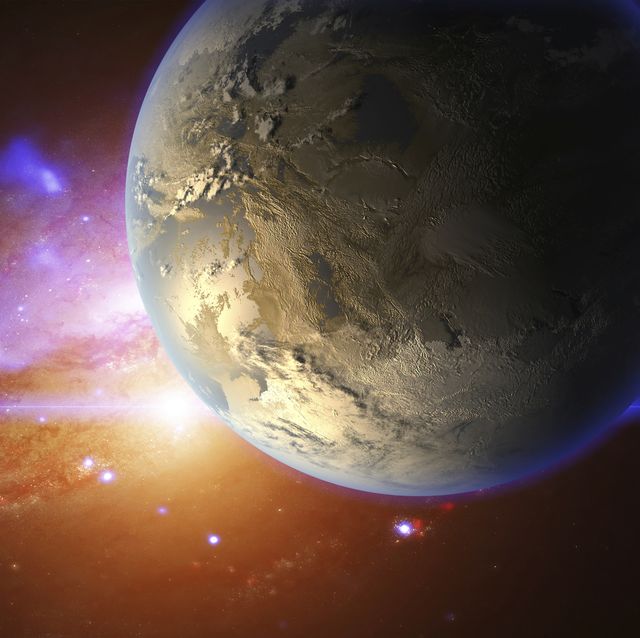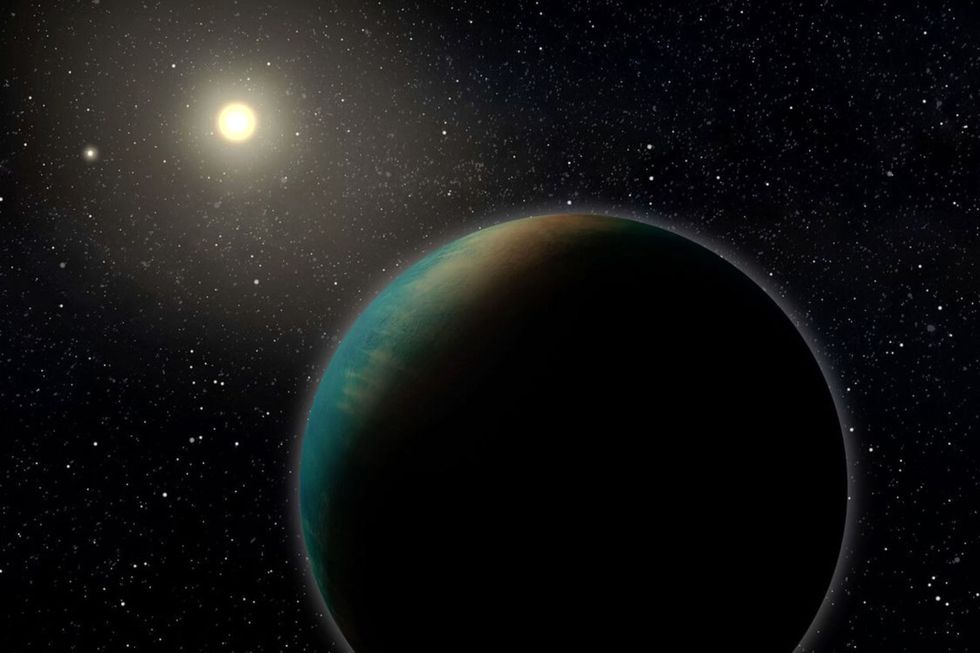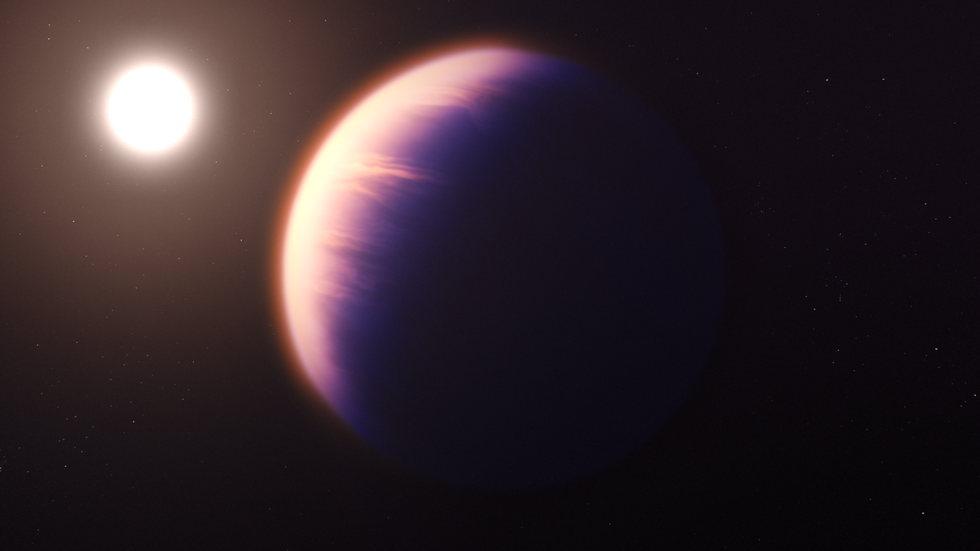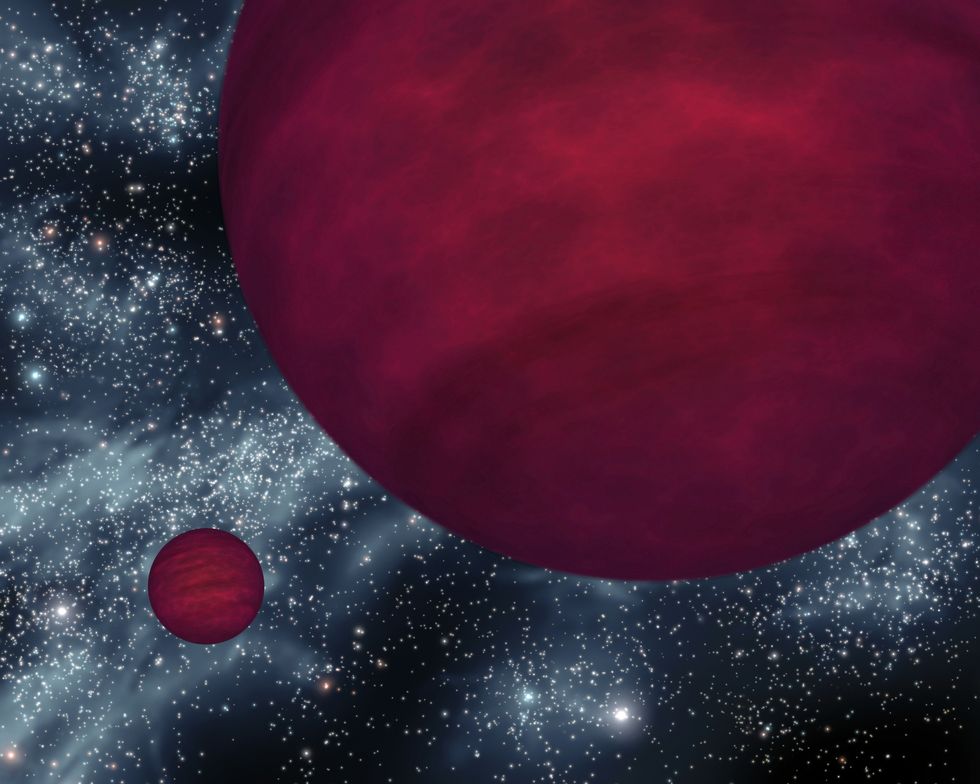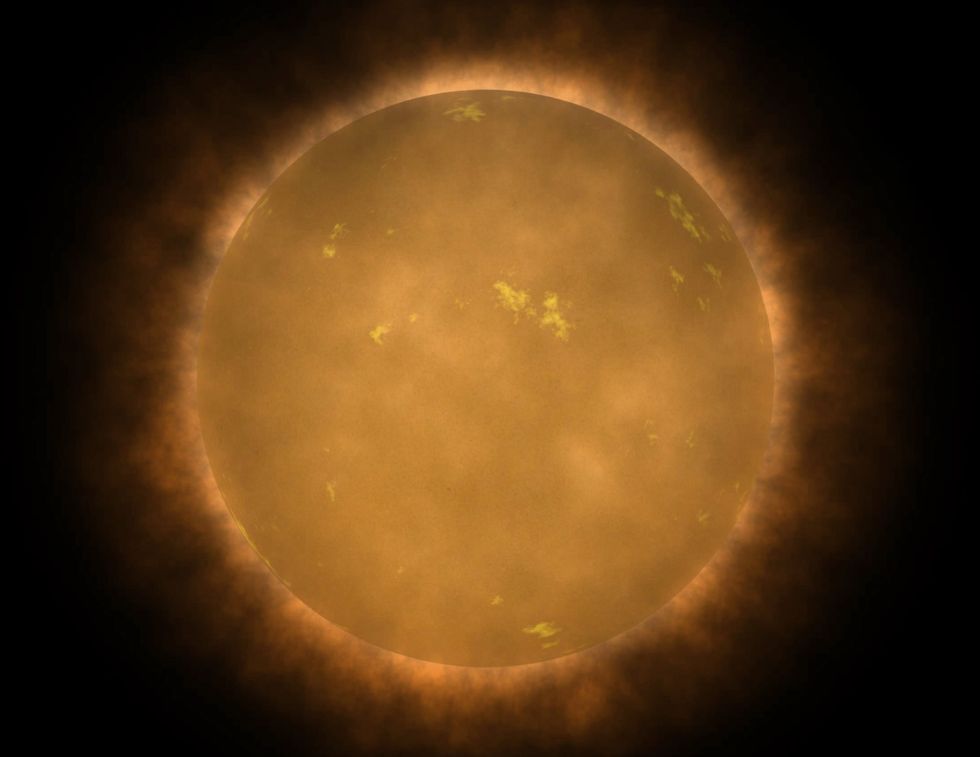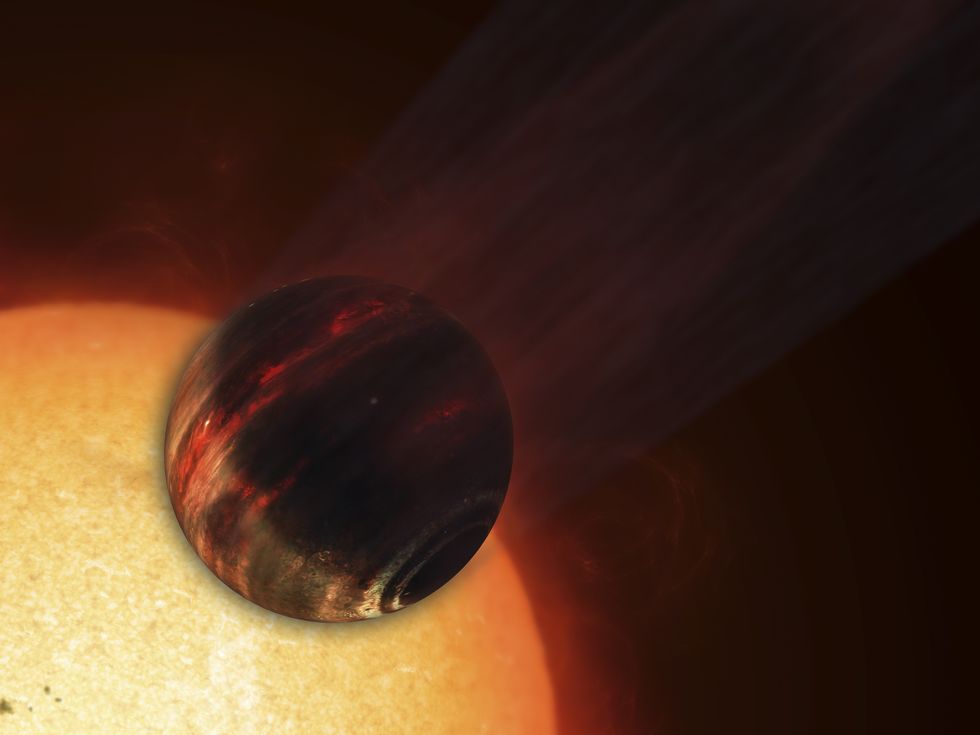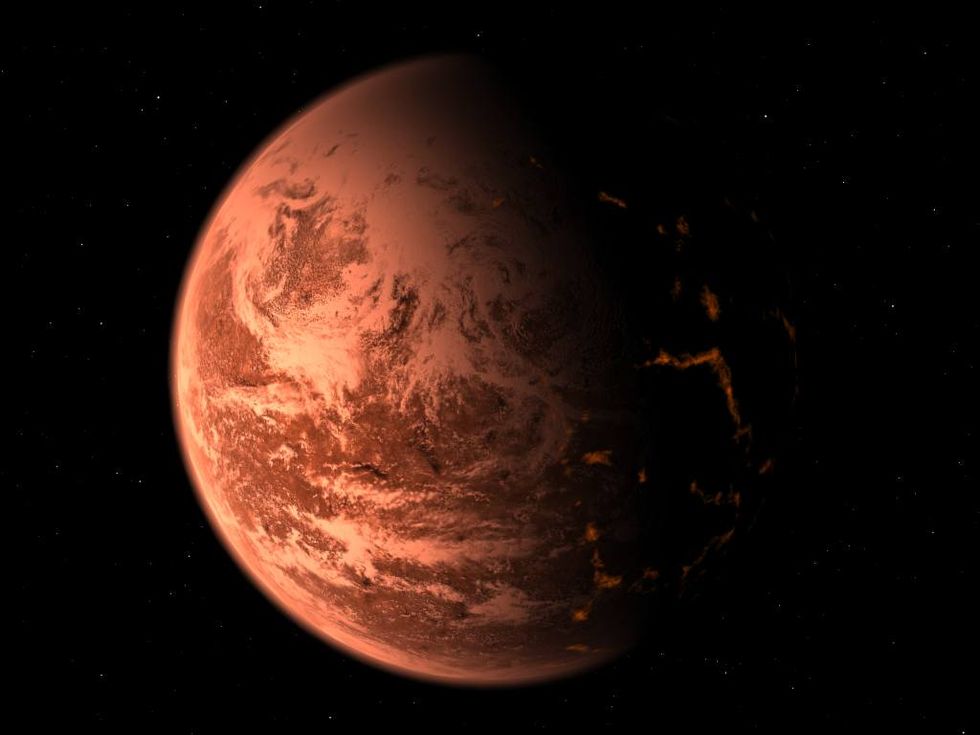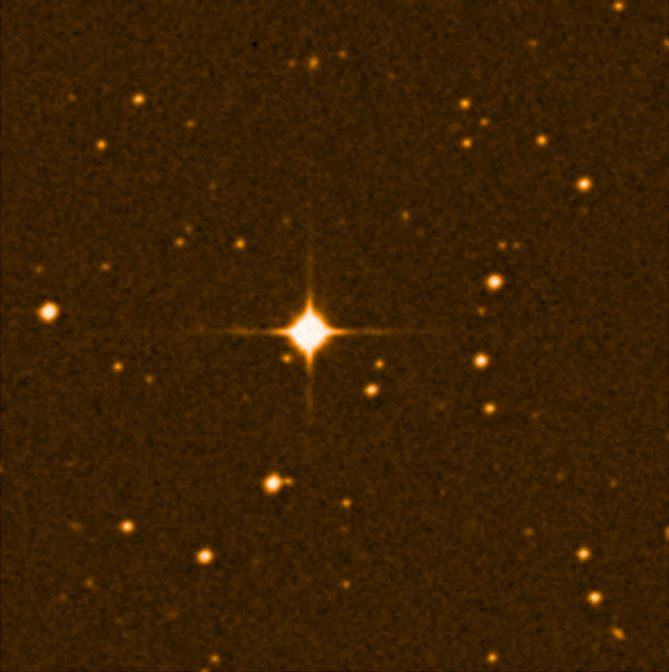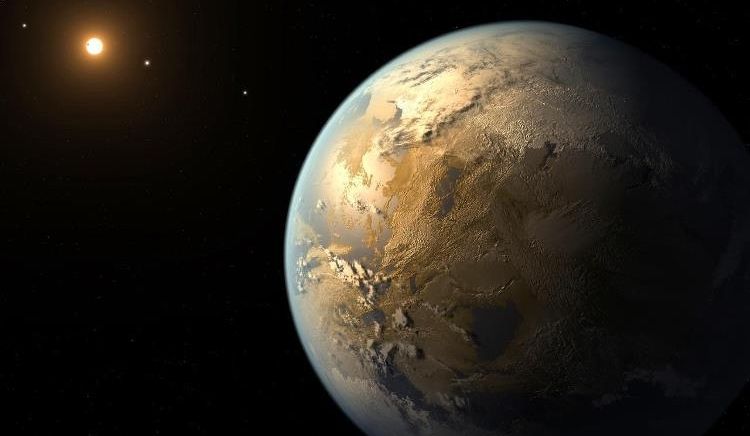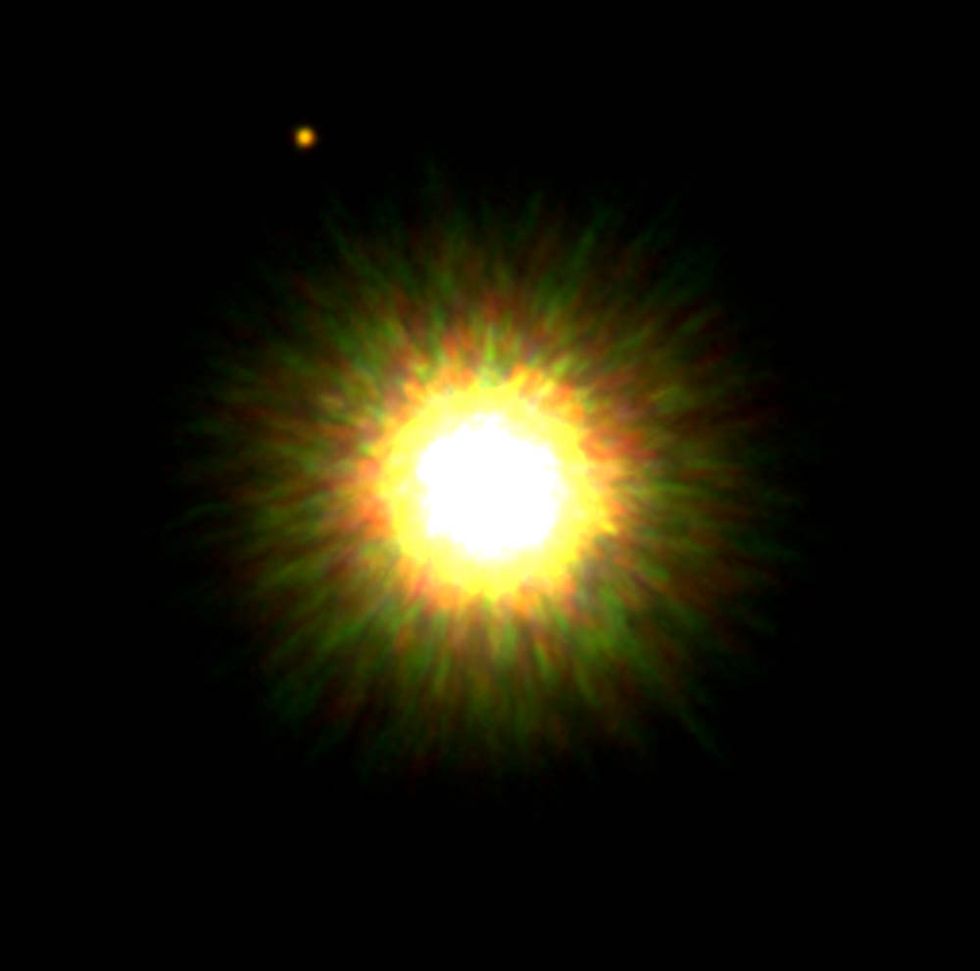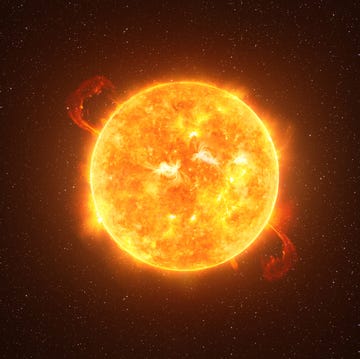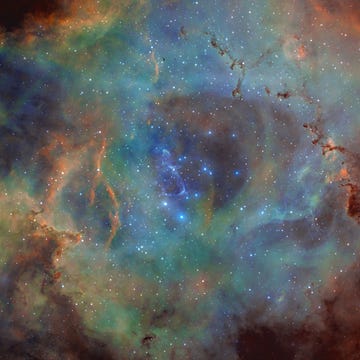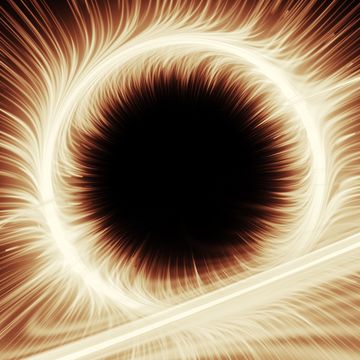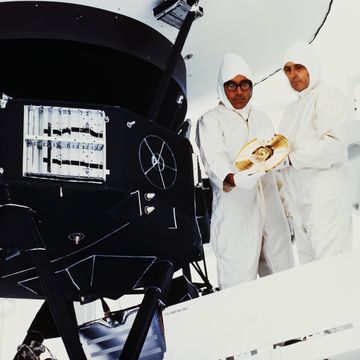The 13 Most Interesting Exoplanets in the Milky Way
From Earth’s twin to a rugby ball-shaped world, these might be the coolest planets outside our Solar System.
We’re constantly learning new things about the mysteries of deep space. In April 2019, we saw the very first photo of a black hole, and in February 2021, we watched the Perseverance rover touch down on Mars. Now, the James Webb Space Telescope is enabling us to probe light from the earliest stages of our universe. In August 2022, Webb captured the first clear evidence for carbon dioxide in an exoplanet’s atmosphere. (We don’t have a picture of it yet, but the planet is a gas giant orbiting a Sun-like star 700 light-years away.)
🌌 You love our badass universe. So do we. Let’s nerd out over it together.
While these incredible feats of engineering have expanded our potential to learn about our cosmos, there’s still so much outer space left to explore, like a myriad of exoplanets in faraway systems. Exoplanets are planets that exist outside of our solar system, and some of them are really wild. There’s one that could be Earth’s twin, one that’s shaped like a rugby ball, and another that orbits a supernova. Thanks to our ever-expanding sight into the cosmos, we’ve discovered over 5,000 exoplanets since 1992. In fact, the Kepler Telescope revealed that exoplanets outnumber stars in our galaxy. Scientists know if they’re rocky, gaseous, icy, or flowing with lava by measuring their diameters and masses, but some still defy explanation.
These are the 13 coolest exoplanets in the Milky Way—so far.
Before joining Popular Mechanics, Manasee Wagh worked as a newspaper reporter, a science journalist, a tech writer, and a computer engineer. She’s always looking for ways to combine the three greatest joys in her life: science, travel, and food.
Watch Next


Why Life on Other Planets Might Be Purple
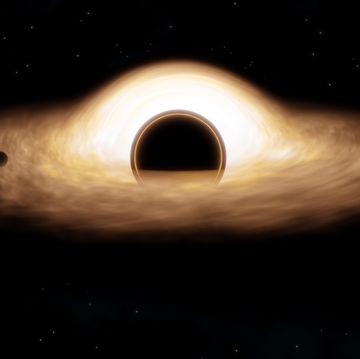
Astronomers Found a ‘Sleeping Giant’ Black Hole

Similar Planets Could Point Toward Alien Worlds

We May Be Living in a Variable Universe
